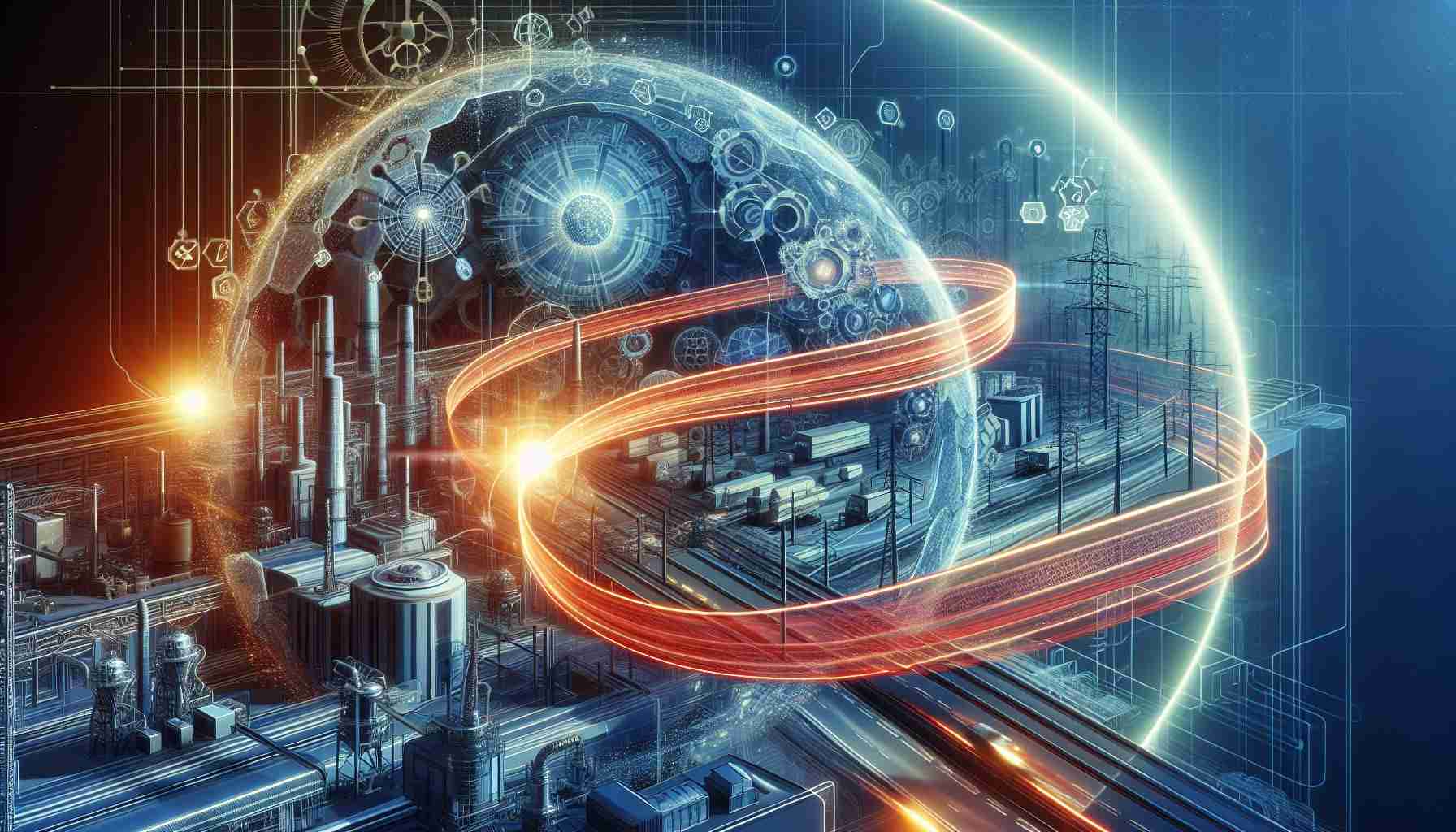The recent unveiling of the SoutH2 Corridor, a colossal 3,300-kilometer pipeline project connecting Algeria to the European Union, is set to revolutionize the energy landscape. By harnessing Algeria’s abundant solar and wind resources, the project aims to generate over 4 million tonnes of green hydrogen annually by 2030, positioning Algeria as a pivotal player in Europe’s energy transition.
This landmark collaboration brings together leading energy industry stakeholders, with production initiatives spearheaded by Algeria’s Sonatrach. The project also benefits from established electricity supplies from Sonelgaz to fuel the electrolysis operations necessary for hydrogen generation. Participating companies from Germany, Austria, and Italy will facilitate the transport and distribution of this green energy throughout Europe, aligning with the EU’s REPowerEU strategy aimed at diversifying energy supplies and reducing fossil fuel dependency.
The innovative approach of repurposing existing natural gas pipelines for hydrogen transport significantly lowers the financial burden associated with constructing new infrastructure. Technical assessments funded by substantial investments endorse the project’s viability. With plans to channel 20 GW of renewable energy directly from North Africa to major industrial hubs in Europe, the corridor is poised to increase energy security while fostering collaborative efforts across nations.
As global demand for sustainable energy sources escalates, the SoutH2 Corridor stands as a testament to international cooperation aimed at combating climate change and ensuring a greener, more resilient future for Europe. The commitment to green hydrogen reflects a strategic pivot from traditional energy models towards renewable solutions essential for sustainable development.
FAQ Section:
What is the SoutH2 Corridor?
The SoutH2 Corridor is a massive 3,300-kilometer pipeline project designed to connect Algeria to the European Union, focusing on the production and distribution of green hydrogen.
What are the goals of the SoutH2 Corridor?
The project aims to generate over 4 million tonnes of green hydrogen annually by 2030, utilizing Algeria’s solar and wind resources to support Europe’s energy transition and enhance energy security.
Who are the key stakeholders involved in the SoutH2 Corridor?
The project involves collaboration between leading energy industry stakeholders, with significant contributions from Algeria’s Sonatrach for hydrogen production and Sonelgaz for electricity supply. Companies from Germany, Austria, and Italy are also participating in transportation and distribution efforts.
How does the SoutH2 Corridor align with EU energy policies?
The corridor aligns with the EU’s REPowerEU strategy, which aims to diversify energy supplies and reduce reliance on fossil fuels while promoting sustainable energy sources.
What is the significance of repurposing natural gas pipelines in this project?
Repurposing existing natural gas pipelines for hydrogen transport reduces the financial costs of creating new infrastructure, thus making the project more economically viable and logistically practical.
How much renewable energy will be transmitted to Europe from North Africa?
The project plans to channel 20 GW of renewable energy directly from North Africa to major industrial hubs in Europe.
Why is the SoutH2 Corridor important for combating climate change?
The corridor represents a collaborative effort aimed at reducing carbon emissions through the use of green hydrogen, reflecting a transition towards sustainable energy models essential for addressing climate change.
What does the project indicate about future energy models?
The commitment to green hydrogen demonstrated by the SoutH2 Corridor signals a strategic move away from traditional fossil fuel-based energy models towards renewable energy solutions that support sustainable development.
Key Terms:
– Green Hydrogen: Hydrogen produced through the electrolysis of water using renewable energy, resulting in zero emissions.
– REPowerEU Strategy: An initiative by the European Union aimed at diversifying energy supplies to enhance energy security and reduce dependence on fossil fuels.
– Electrolysis: A process that uses electricity to split water into hydrogen and oxygen, an essential method for producing green hydrogen.
Related Links:
European Union
Sonatrach
Sonelgaz
